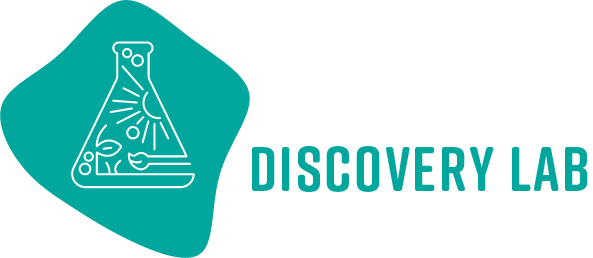The Healthy Human Project
We have been having a lot of fun learning about what it means to be a healthy human. We began this project by learning more about some of the major body systems that make up all of us and what they need to function well. We built models that helped simulate how our hearts pump blood, created an experiment to replicate the stomach and intestines, and this week used different paper shapes to investigate how the structure of bones affects their strength. Our bodies are so complex and fascinating and our learners at their various ages and stages of development have been very interested in our Project Work.
One thing that has been especially interesting to watch is the way the kids are starting to make connections between their body systems, how they work together and how things we do in our modern life impacts us. As so often happens, we start with a project that seems straightforward and it takes on a bigger life of it’s own. A few weeks ago, one of our littlest learners asked after we had been talking a lot about our hearts and how they work, “Yeah, hearts keep us alive. But why do humans even exist?” It’s easy to underestimate how capable of complex thought young kids can be and as I told him, “there are some questions you just might spend your whole life asking.”
This week we are focusing in more depth on the skeletal system. It’s only been a day but already the kids are noticing things about how their bodies are supported by their bones and wondering what they can do for their bones, in return. As we continue to move through the body systems, we will start to zoom out and look at what kinds of things communities provide to help support healthy humans. We are planning some exciting field trips with FISH Food Bank and the Exercise Science Department at Central Washington University. Embedding our work in a larger context helps connect kids to the bigger story outside of their school walls and reminds us all how interconnected we are.



